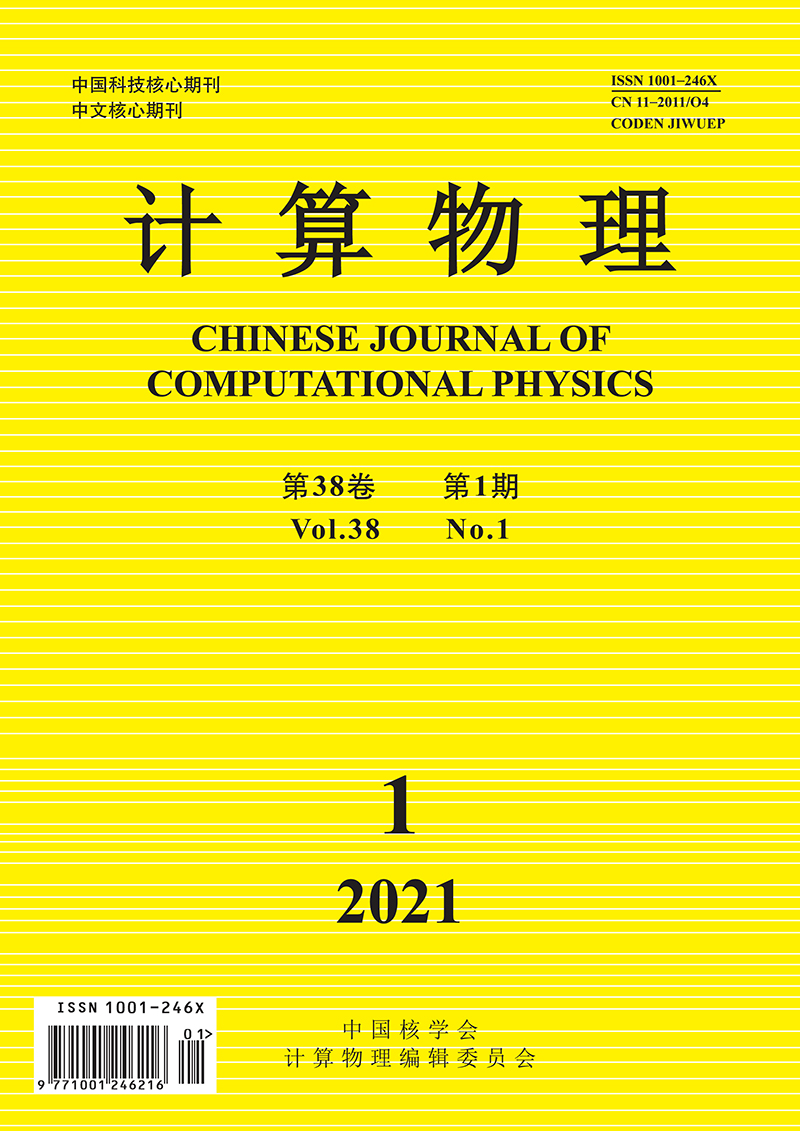A
2D numerical simulation program is developed for nonlinear evolution of
magneto-Rayleigh-Taylor instability(MRTI). Based on an ideal
magnetohydrodynamic model, a 5th WENO scheme is employed to calculate MHD
equations and a projection scheme is used to clean spurious magnetic field
divergence. The method is validated with MRTI compared with theory of linear
stability. It is shown that the vertical magnetic field suppresses evidently
MRTI in both linear and nonlinear stages. The parallel magnetic field has weak
effect on MRTI in linear stage. However, it reduces remarkably Kelvin-Helmholtz
instability and overall instability in nonlinear regime. High order harmonic
occurs in the nonlinear evolution of single mode, and many modes except
fundamental modes and harmonic occur in the evolution of double modes. In MRT
evolution of multi-mode seeds inverse cascade occur, which means that
perturbations evolve from short wavelength to long wavelength in the nonlinear
stage.
